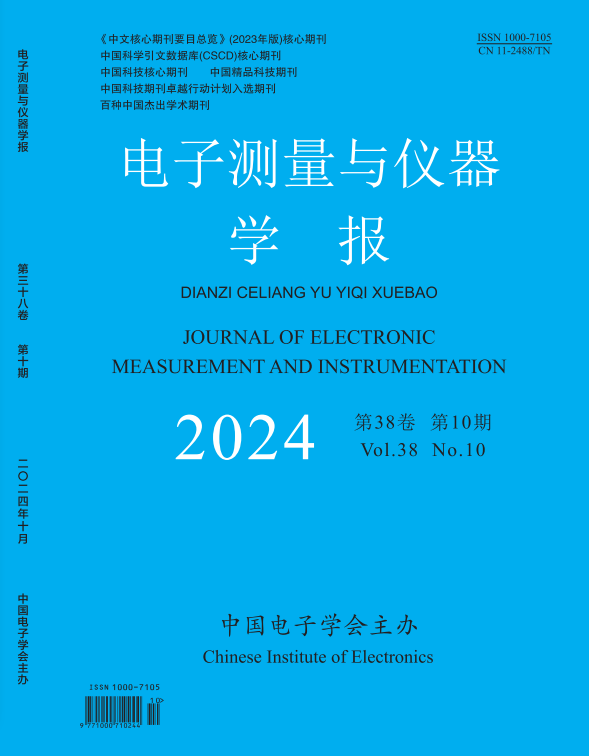2022, 36(5):242-248.
Abstract:With the improvement of living standards, people are paying more and more attention to health. In particular, the portable
physiological monitoring device such as smart wristband that adapts to fast-paced life is favored by people. Photoplethysmography
(PPG), as a non-invasive human pulse collection method, is widely used in such device. The human pulse contains a lot of
physiological information. In order to extract and analyze this information, the method of machine learning is generally used to establish
a mathematical model. However, such methods require a large amount of long-term pulse data to improve the accuracy of physiological
parameter models. In response to the problem, this article uses Colaboratory to establish a GRU neural network model and together with
LSTM to predict the pulse wave data and adjust the main parameters that affect the performance of the model. The automated machine
learning tool AutoML_Alex analyzes the pulse wave data and establishes the LightGBM network based on the best ones, which can be
used as a baseline model with reference value. Use large amounts of pulse wave data collected from different individuals to build three
different models, compare with MAPE, LSTM is 0. 879%, single-layer GRU is 0. 852%, LightGBM is 0. 842%, and four-layer GRU
model is 0. 828%, and apply different models to different individual predictions. It is found that the stability of the single layer in the
GRU model is better in the application of different individuals. The results show that we can establish a GRU network model based on
short-term pulse wave data of different individuals, predict long-term pulse wave data, and then monitor the human body's arteriosclerosis
and other physiological conditions, while providing technical and data support for portable physiological monitoring equipment.
